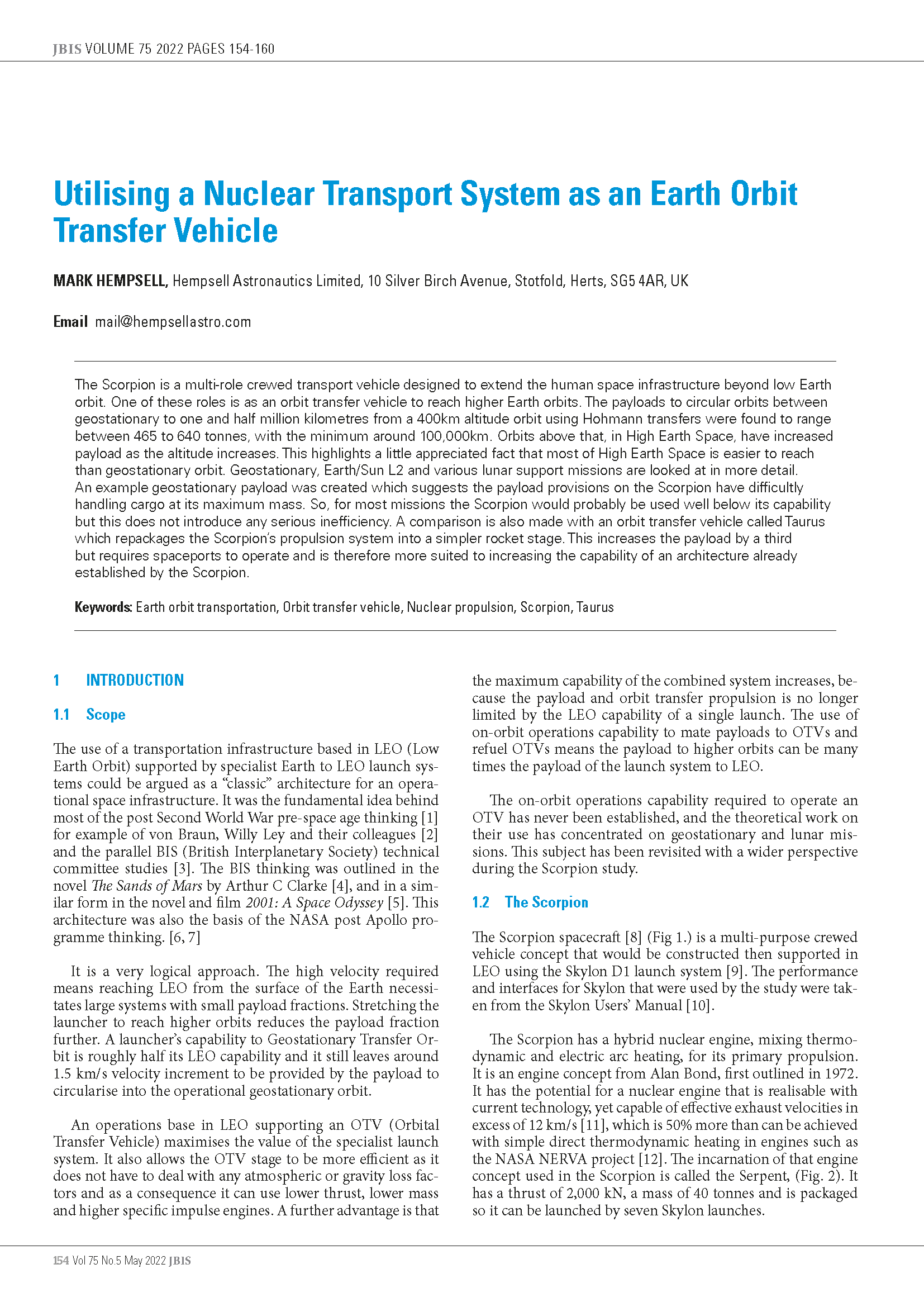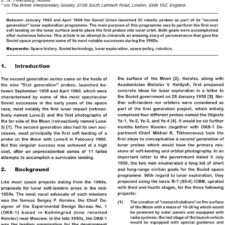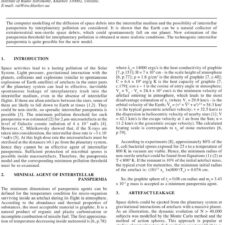Utilising a Nuclear Transport System as an Earth Orbit Transfer Vehicle
£5.00
Mark Hempsell (2022), JBIS, 75, pp. 154-160
Refcode: 2022.75.154
DOI: n/a
Abstract:
The Scorpion is a multi-role crewed transport vehicle designed to extend the human space infrastructure beyond low Earth orbit. One of these roles is as an orbit transfer vehicle to reach higher Earth orbits. The payloads to circular orbits between geostationary to one and half million kilometres from a 400km altitude orbit using Hohmann transfers were found to range between 465 to 640 tonnes, with the minimum around 100,000km. Orbits above that, in High Earth Space, have increased payload as the altitude increases. This highlights a little appreciated fact that most of High Earth Space is easier to reach than geostationary orbit. Geostationary, Earth/Sun L2 and various lunar support missions are looked at in more detail. An example geostationary payload was created which suggests the payload provisions on the Scorpion have difficultly handling cargo at its maximum mass. So, for most missions the Scorpion would probably be used well below its capability but this does not introduce any serious inefficiency. A comparison is also made with an orbit transfer vehicle called Taurus which repackages the Scorpion’s propulsion system into a simpler rocket stage. This increases the payload by a third but requires spaceports to operate and is therefore more suited to increasing the capability of an architecture already established by the Scorpion.
Keywords: Earth orbit transportation, Orbit transfer vehicle, Nuclear propulsion, Scorpion, Taurus





